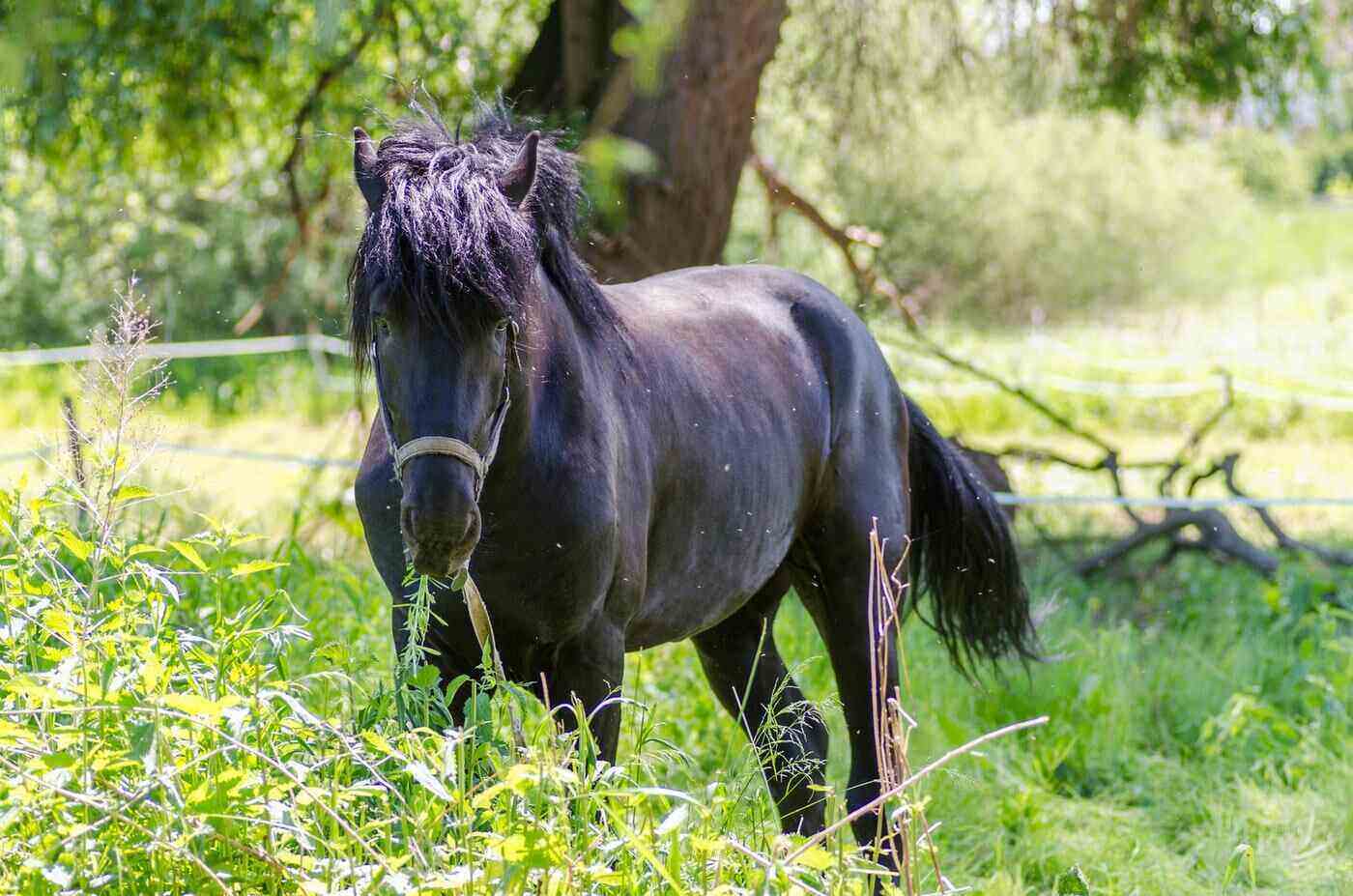That's a great question. First off, laminitis is not founder, but can lead to it. The signs and symptoms are all similar and always triggered by another underlying issue. The different "types" of laminitis and founder are just broken down into categories, depending on what caused it in the first place. Let's start with the basics.
What Are Laminitis and Founder?
Laminae is stringy stuff that works like Velcro, holding the hoof wall and the coffin bone, which is inside the hoof capsule, together. Laminitis is an inflammation of the laminae. If not properly treated, the inflamed laminae will swell, stretch, break down and separate from the hoof wall and the coffin bone. With nothing holding it in place, the coffin bone will sink or rotate inside the hoof capsule. This rotation is called founder.
The basic division between types of laminitis is whether the laminitis is acute, which means it only happened once, or whether it’s chronic, meaning the horse has recurring flare ups.
From a farrier’s perspective, it’s important to know whether a horse has a history of laminitis, but it’s even more important to know what caused the laminitis in the first place.
Causes of Laminitis
The most common cause of laminitis is endocrine induced, which usually occurs in horses who eat too much fresh grass or hay with a high sugar content. This is very similar to humans with diabetes. Horses with a metabolic disorder such as Cushing’s disease are also prone to laminitis and would fall under this category.
Systemic inflammatory response syndrome refers to septic illnesses or infections. Horses who colic or have colitis or mares who retain their placenta are examples of cases that, if not treated, could lead to laminitis.
Another important category is called supporting limb laminitis. Horses with severe shoulder injuries or puncture wounds, for example, are trying to compensate for the pain and only using their sound legs. The extra stress and unbalanced weight distribution could lead to laminitis in the opposite sound hoof.
Mechanical founder is caused from uneven, unbalanced trims or shoes over a long period of time. Excessive running on hard pavement can also cause inflammation, leading to founder.
What Horse Owners Can Do
Most horses with chronic laminitis will usually fall into more than one of these categories. If you’re a horse owner and you’re trying to get to the bottom of why your horse keeps having episodes, you’ll probably need your vet to do blood work and take X-rays.
All of these categories, and any combination thereof, have a couple things in common. Each situation means your horse is uncomfortable and stressed, which isn't helping. Your farrier, if they're good, can help keep your horse somewhat comfortable, but the best thing you can do as a horse owner is to find out and treat whatever caused or is causing the flare ups.
If you have a question you’d like to ask a farrier (about horseshoeing, farriery, hoof and horse health, blacksmith tools, working as a farrier, etc.), email or leave it in the comments below. Every month, we’ll pick one question to answer in our feature.
Image credit: Lukas






.jpg)

